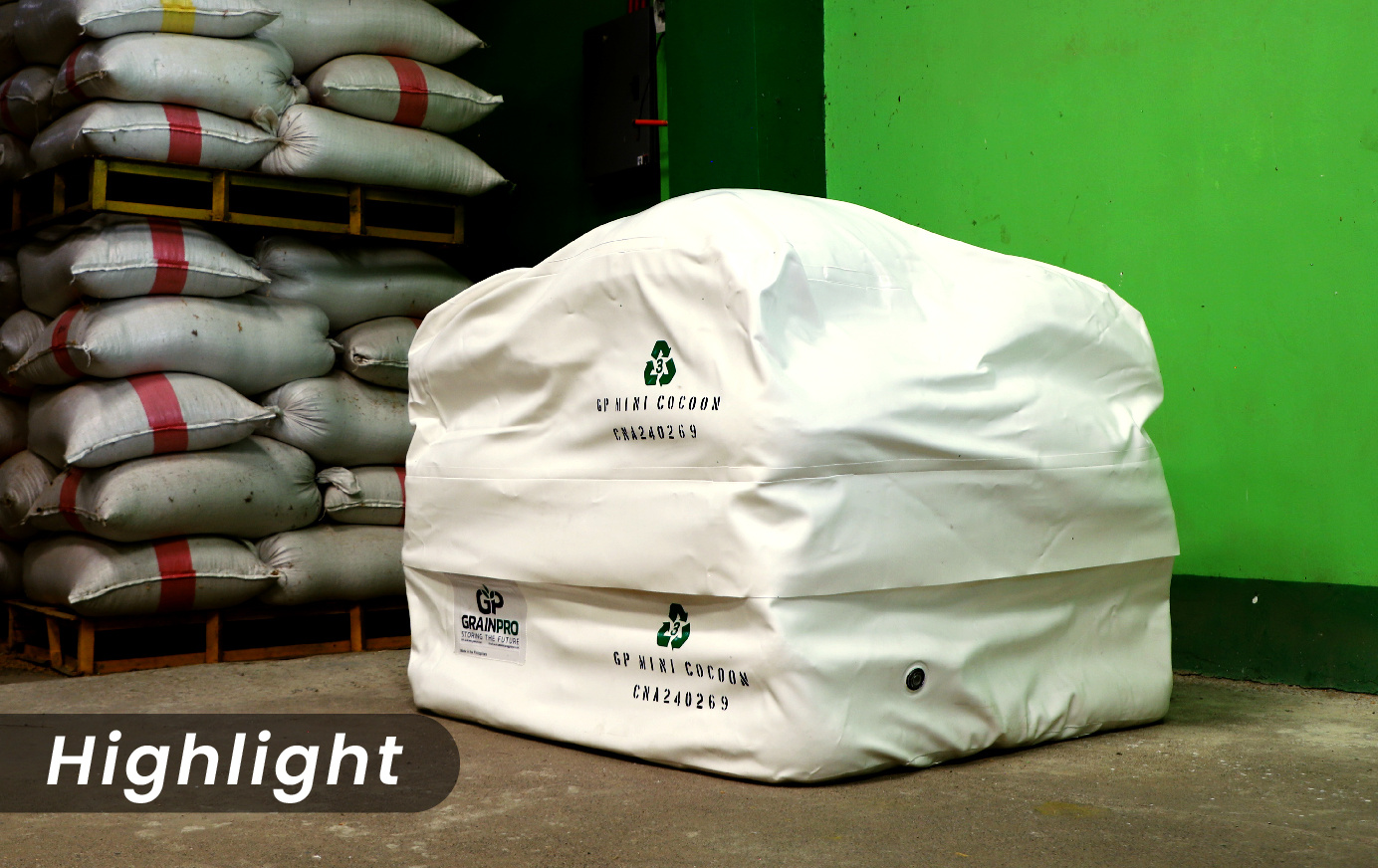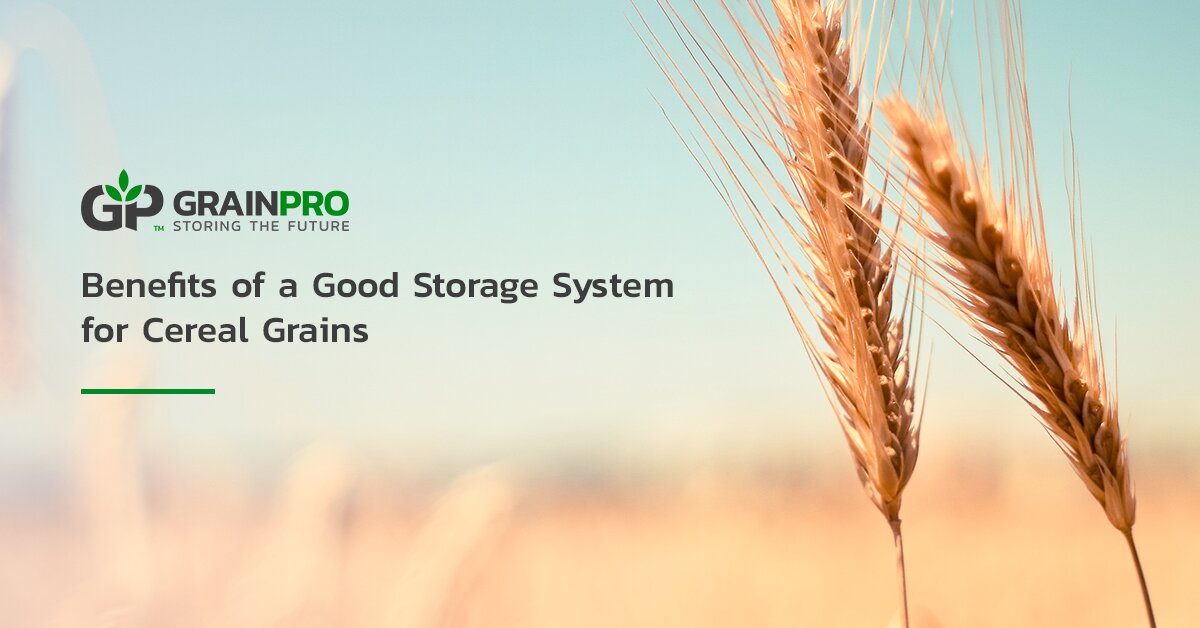Cereal grains such as wheat, corn, and oats are a great source of energy and nutrients like carbohydrates, protein, vitamin E, B vitamins, magnesium, and zinc. Because of this, it’s not surprising that cereals have been a staple in meals, especially breakfast, for many people around the globe in both developed and developing countries. But before cereal grains reach the breakfast bowls of consumers, they undergo crucial post-harvest management. As everything important requires careful handling, cereal grains, too, need an optimal grain storage system.
Producers, handlers, and traders need to be mindful of this to ensure quality. This can be challenging and may require investment, but the benefits are rewarding.
LONGER SHELF-LIFE OF CEREAL GRAINS
During harvest season, a large number of cereal grains are produced. These grains either need to be consumed before their quality deteriorates or should be stored in a good place for preservation. While the first choice is viable, it is more beneficial to store cereal grains for the long term. This ensures that there is enough supply throughout the year even once the harvest season is over.
However, not all grain storage systems are the same. Some grain storage systems are not equipped to protect the commodities from multiple factors such as insects, pests, and inclement weather. Thus, they do not guarantee a longer shelf-life. Producers, handlers, and traders need to ensure the overall condition of the grain storage system and invest in a good one to enjoy the security of having an ample supply of quality grains even after harvest.
PROTECTION FROM INSECTS AND PESTS
Insects and pests are among the primary causes of damage of cereal grains both before and after harvest. Insects such as mites and weevils can inhabit grain storage units and produce substances that have an unpleasant taste and smell. Worse is that many of these insects even transmit spores that cause fungal growth, making the cereal grain unsafe for consumption. Toxic substances are found in fungal growth, posing danger to those who consume the tainted commodities.
Aside from harmful substances, insects and pests can also affect the nutritional value of cereal grains. Based on the briefing paper released by the British Nutrition Foundation, insects and pests can decrease the carbohydrate content, increase free fatty acid levels, and affect the vitamin content of cereals. It is said that they can decrease the thiamine content of cereals by 69%, riboflavin content by up to 67%, and niacin by up to 32%. Thiamine, riboflavin, and niacin are B vitamins that help the metabolism.
Therefore, producers, handlers, and traders must ensure that their storage systems prevent insects, pests, and even mold from compromising the precious cereal grains by using airtight containers that can kill off insects in all life stages.
PRESERVATION OF NUTRITIONAL VALUE
Ultimately, good storage conditions should preserve the nutritional value of cereal grains. As discussed, pests and insects can influence the nutritional value of grains—but the problem doesn’t stop there. Changes in moisture inside a storage unit can also deteriorate grain quality.
Cereal grains are stored at an ideal moisture content, but with the lack of good storage conditions, changes may still occur. Once the cereal grains reach a higher-than-ideal moisture content, a breakdown of starch may happen that can eventually lead to a decrease in grain quality. The good news is, that these problems can be prevented by using air- and moisture-tight grain storage solutions.
Enjoy the benefits of having good storage conditions—longer shelf-life, protection from insects and pests, and preservation of nutritional value—by utilizing the right application. GrainPro uses hermetic technology in storing commodities such as cereal grains. Hermetic solutions are proven to help protect cereal grains from insect infestation, mold growth, inclement weather, and more.
Date Published: January 22, 2019




